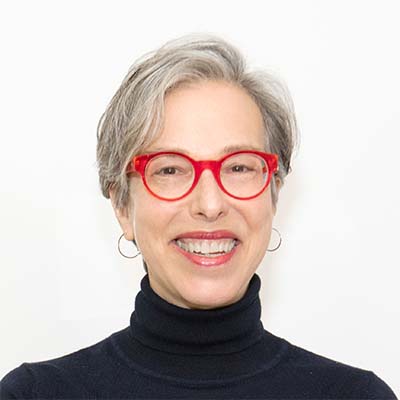Projects
Burj Khalifa
The completion of the world’s tallest skyscraper raises intriguing questions about the significance of this gleaming, spiraling form.
Read More
CityCenter
A mega-development wagers that urbanism and architecture can trump flamboyance and kitsch.
Read More
Copyright ©2024. All Rights Reserved BNP Media.
Design, CMS, Hosting & Web Development :: ePublishing
